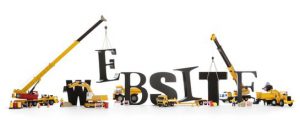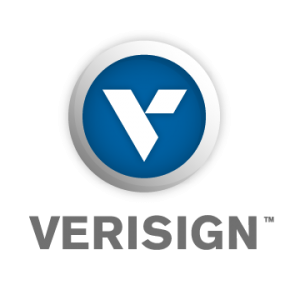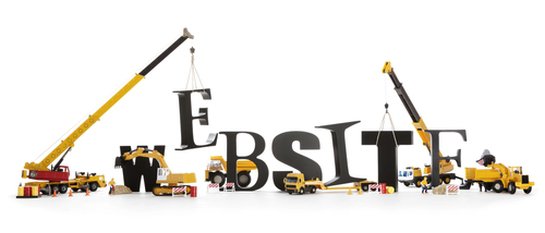 This article is brought to you in partnership with Verisign, the global leader in domain names and internet security.
This article is brought to you in partnership with Verisign, the global leader in domain names and internet security.
Many small businesses find a website to be instrumental to their growth as a business. However, many small business owners aren’t sure where to start or are intimidated by the process of building a website. Our friends at Verisign, the registry operator for .com and .net, have provided a checklist to help guide you, whether you’re building a website on your own with a DIY website builder or outsourcing to a professional.
Determine the Purpose of Your Website
Every website has a purpose, whether it’s simply to serve as a brochure or to sell products. Decide what your website’s purpose is going to be before you begin, then plan your content around it. To get started, it’s often best to determine the elements that are critical as you launch your website, knowing that you can always expand your website later. For an e-commerce site, for instance, you could put some of your most popular items online as you get familiar with the fulfillment process, then gradually add more items as your business grows.
Choose and Register a Domain Name
One of the most important things you’ll do as you build a new website is choose a domain name. Dot com (.com) and .net are among the most popular domains for businesses that want to reach their customers online. Since your domain name, or web address, will be used on your promotional materials, it should be memorable, but it should also contain your business’s most essential search terms. Internet search users are likely to click on a keyword-rich domain name that includes at least one of their search terms, compared to a domain name that does not contain any of the keywords.
Plan Your Website
Before taking the next step, carefully map out your website, deciding what pages you’ll have and how they’ll connect to each other. This will give you an idea of the scope of your site, including what services you’ll need. Once you’ve mapped your site, you’ll be able to decide whether you want to hire a provider to design your site or use one of the many DIY tools available. With your plan in place, you’ll know exactly which elements you need to include. Check out a good option for you to create your business website and get more customers.
Locate Web Hosting
In addition to your domain name and website developer, you’ll also need a service to host your site. Some web hosting providers include website builders as part of their services, so you may want to search for this before you make any final decisions about your website’s creation. You can use a service like WordPress that offers hosting for free, but you’ll need to forward your domain name to the WordPress site. This will ensure that when someone enters the domain name you’ve created, they’re immediately directed to your content.
Promote Your Website
Even the best-designed website will be useless unless customers can find it. You’ll need to put effort into getting the word out about your website, including filling it with content that will make it rank well in web searches. In addition to quality content creation, you can also experiment with paid search engine placement, which will give your site visibility to your target audience. Make sure you also promote your site on your existing channels, including using signage in your store, adding it to your print materials, and linking to it on various social media platforms.
A website is the first step toward getting the word out about your business. When you take the right steps from the start, you set up a basic site that you can build on as your business grows. With the right domain name and publicity, your site will help you compete with others in your industry who already have great websites.
 This article was written in partnership with Verisign, the global leader in domain names and internet security. All opinions and experiences expressed are my own.
This article was written in partnership with Verisign, the global leader in domain names and internet security. All opinions and experiences expressed are my own.

